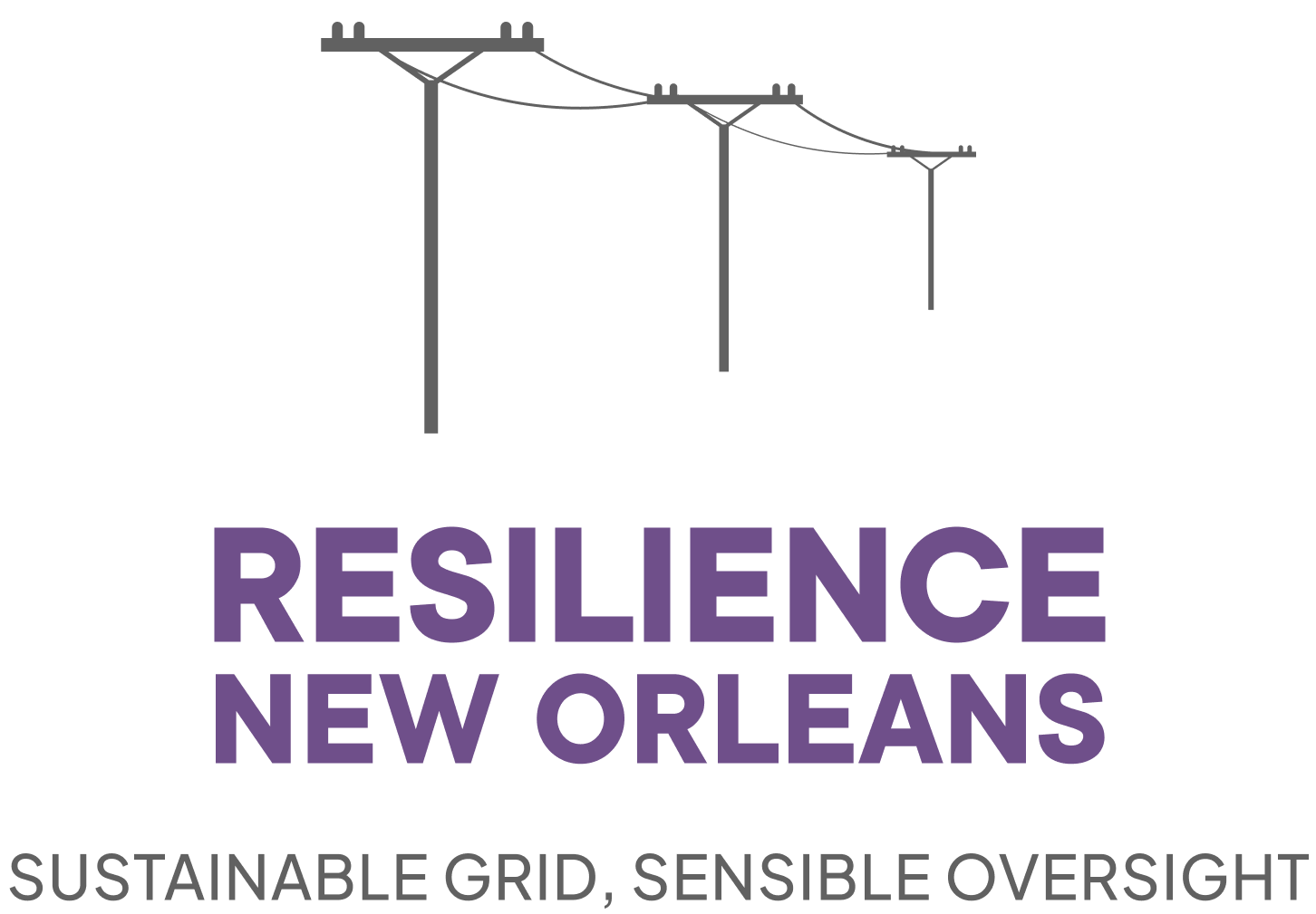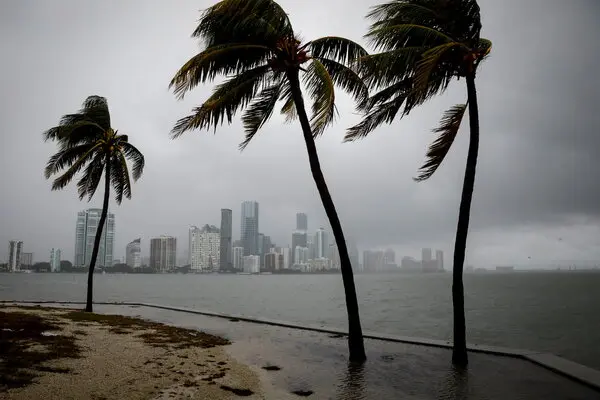In the battle against increasingly severe storms, the resilience of our power grid has become a central issue for states like Florida and Louisiana. While both states face similar weather-related challenges – monster-sized hurricanes – Florida took a different path. The Sunshine State made a conscientious effort to evolve its grid into a model of resilience. Now, their grid can withstand hurricanes better than most thanks to a comprehensive hardening strategy. In contrast, Louisiana is just beginning the journey toward a more resilient grid, with the Avenue C project in New Orleans serving as a promising demonstration of what’s possible.
Florida’s Path: Break the Cycle
Florida and Louisiana were in the same vicious cycle of storm damage, emergency repairs, hurricane repair fees, and regulatory belt-tightening. But in 1992, after Hurricane Andrew, Florida’s grid resilience began in earnest and gained momentum following the brutal hurricane seasons of 2004 and 2005. These events were devastating and underscored the need for a proactive approach to grid management, to harden the grid at the same time as paying for back repairs. It was not an easy thing to do but the state regulators and utilities embarked on a long-term strategy to harden the grid and save ratepayer dollars in the long-term.
Their approach was multifaceted. First, Florida focused on modernizing its transmission and distribution systems, replacing wooden poles with steel and concrete structures that could withstand higher wind speeds. Substations were upgraded with the latest microprocessor technology, enhancing their ability to quickly detect and respond to faults. Vegetation management was also a key component, with the state adopting more aggressive tree-trimming policies to prevent power lines from being brought down by falling branches during storms.
One of the most significant outcomes of these efforts was seen during Hurricane Irma in 2017. Despite being a stronger storm than Wilma, which had left many Floridians without power for weeks, the grid’s improved resilience allowed utilities to restore power to most customers in just a few days. This stark contrast highlighted the value of resilience planning in the years prior and solidified the case for continued grid hardening.
Avenue C: New Orleans Steps Toward Resilience
New Orleans, on the other hand, has long struggled with grid reliability, often finding itself trapped in the same cycle that Florida worked so hard to escape. Hurricane Katrina in 2005 and more recently, Hurricane Ida in 2021, both revealed the vulnerabilities in Louisiana’s power infrastructure. However, New Orleans is starting to take meaningful steps toward a more resilient future.
The Avenue C project, located near I-10, represents a comprehensive effort to showcase the “art of the possible” in grid resilience. This project features the use of advanced materials like composite poles, which are not only lighter and easier to install but are more resistant to environmental factors like termites and humidity. The project incorporates modern construction techniques, which will be on display for any to see.
The Avenue C project could serve as a living example of how these new technologies and grid hardening methods appropriate in a coastal environment can be applied across the city. It provides a tangible demonstration of what a hardened grid can look like—strong, resilient, and capable of withstanding the worst that nature can throw at it. Just as Florida used early projects to convince regulators and the public of the benefits of grid hardening, New Orleans can leverage the success of Avenue C to build momentum for further investments.
Electricity is an apex service upon which all other modern services depend. Without it, everything else grinds to a halt. Florida has shown that by investing in grid resilience, we can not only protect this vital service but also save money in the long run by avoiding the costly cycle of emergency repairs. New Orleans can follow in Florida’s footsteps, but it requires a commitment to continuous investment and improvement.
The Avenue C project is a signal of what’s possible—a glimpse into a future where New Orleans can weather the storms and get right back up. But to reach that future, the city must be willing to invest in its grid, learn from the successes and failures of others, and push for the policies and funding needed to see these projects through to completion. Only then can we secure our apex service and ensure that New Orleans is open for business, no matter what the weather brings.

